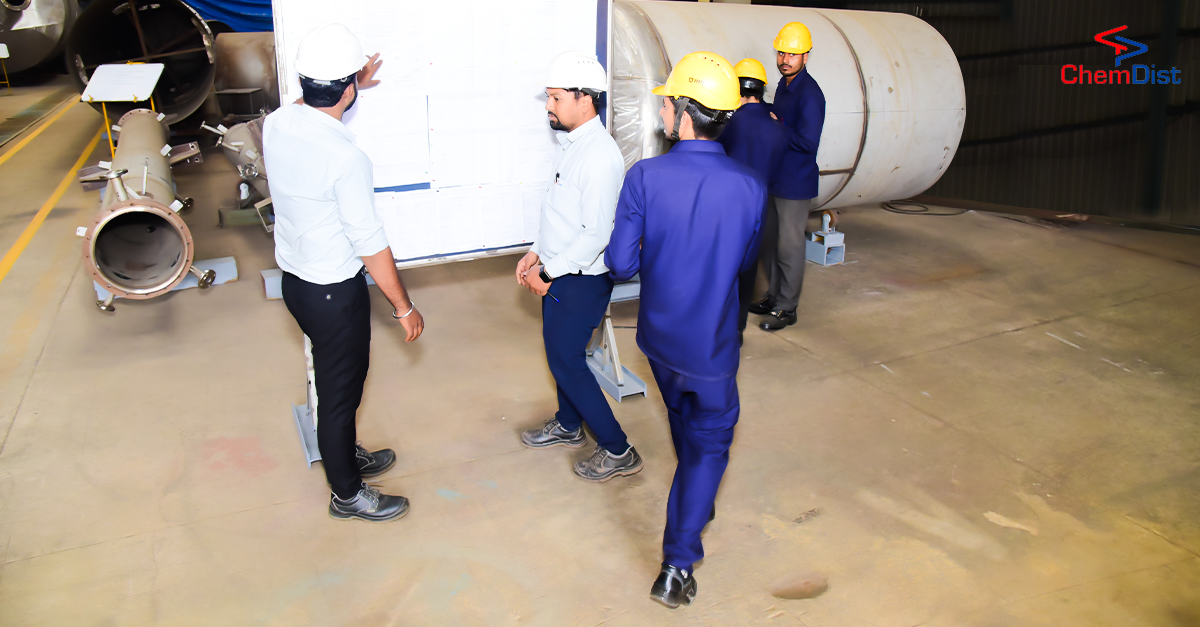Why Teamwork Is a Competitive Advantage in Process Manufacturing
July 7, 2025

In the process manufacturing industry, success isn’t just about equipment, materials, or even the latest technology — it’s about coordination. Every plant runs on decisions made across design, procurement, production, and operations. When these functions work in silos, the result is delay, error, and inefficiency. But when they collaborate — truly collaborate — companies see faster problem-solving, better quality control, and a stronger ability to adapt to changing customer or regulatory demands.
Studies show that companies with high levels of cross-functional collaboration are 36% more likely to outperform their competitors in operational efficiency (McKinsey, 2022). That’s no small margin. In industries where the cost of downtime or compliance failure can run into crores, the ability of teams to work together — to anticipate each other's needs, respond rapidly, and adapt together — becomes a strategic asset.
At Chemdist, this isn't a theory — it's the way we operate. Whether we’re building a pressure vessel for corrosive applications or engineering ethanol-to-hydrogen systems, our mechanical designers, process engineers, and project managers work as one unit. During the COVID-19 crisis, our team rapidly pivoted to manufacture oxygen concentrators for the Indian government — a project that had nothing to do with our typical deliverables but everything to do with our teamwork culture. Today, that same agility drives our work in green hydrogen, waste recovery, and sustainable manufacturing systems.
Because when teams understand the mission and trust each other’s expertise, innovation becomes scalable — and reliability becomes the brand.
